Drying bed linen in a dryer
 Convenient modern dryers can be used to process items made from almost all types of fabric. You can even dry bed linen in a dryer, since for this type of product manufacturers have prepared a separate operating cycle, which is called “Bed Linen”. We will analyze such drying in detail and all the subtleties that will allow you not to damage expensive things in the “home assistant”.
Convenient modern dryers can be used to process items made from almost all types of fabric. You can even dry bed linen in a dryer, since for this type of product manufacturers have prepared a separate operating cycle, which is called “Bed Linen”. We will analyze such drying in detail and all the subtleties that will allow you not to damage expensive things in the “home assistant”.
The nuances of drying pastel
Of course, drying bed linen must be carried out in accordance with all the rules for using a dryer. The housewife must always be careful not to overfill the drum with things, as this will overload the system. In addition to the quantity, it is necessary to take into account the type of material from which the item is made, its level of humidity after washing, plus many other factors that directly affect the load volume and the choice of drying program. There is a common situation when, due to the type of fabric, it is better not to choose the “Bed Linen” work cycle.
This is relevant when you need to dry laundry made of bamboo or flax, which can be processed in an automatic machine, but only at low temperatures. This is due to the fact that such products may suffer from shrinkage if you choose the standard mode for bed linen. For bamboo and linen, you need to choose the most delicate programs, in which the temperature does not exceed 45 degrees Celsius.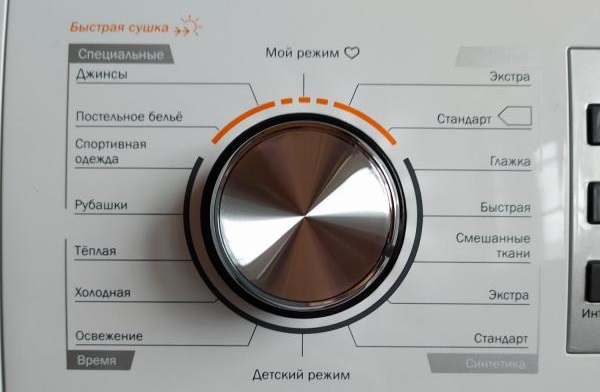
As for classic cotton linen, it can and should be dried on a standard program designed for bed linen.The main thing to remember is that it is better to thoroughly wring out the products first, because drying will be much more efficient this way. You should also not allow cotton items to dry out, otherwise they will not only become hard and scratchy, but also extremely poorly prepared for ironing. It is very unpleasant to sleep on such sheets, and even more unpleasant to iron them, so it is better to avoid such situations.
Finally, manufacturers do not recommend drying synthetic items using a standard bedding cycle. It can effectively rid clothes of moisture, but then they will be a little dry and require a lot of ironing. That's why it's better to use programs specifically designed for synthetics.
What parameters to consider when sorting pastels?
Now let's look at working tips for sorting products that will help drying bed linen be much more efficient and safer. These recommendations are relevant in a situation where you have many different sets of underwear. Sorting before each work cycle must be carried out according to certain parameters.
- Color. When colored or dark laundry comes into frequent contact with white laundry during automatic drying, the items may change color. Because of this, you should always dry dark and colored items separately from light items. This is also necessary so that there is no black lint left on white things, and white lint on black ones.
- Compound. Everything is simple here - different drying temperatures are suitable for different fabrics. For example, cotton linen can be dried at a temperature of 60 degrees Celsius, while bamboo and linen can be dried at 45 degrees or lower. That's why you can't dry these sets at the same time.
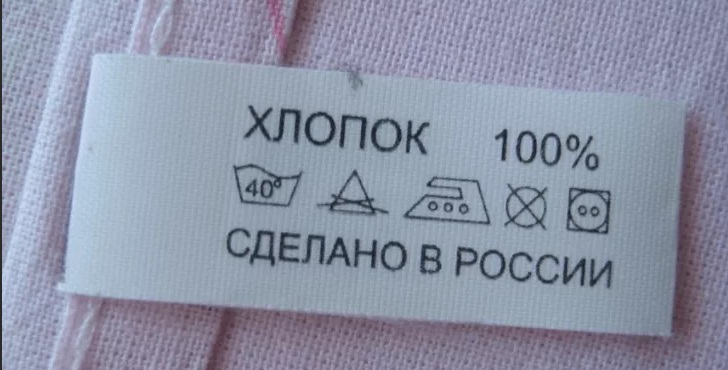
- Fabric thickness.It is also necessary to ensure that things dry at the same speed. If you load items from thin and thick fabrics into the drum at the same time, then after the end of the program the user will receive either part of the dry and part of the wet items, or part of the dry and part of the already overdried ones. Both situations are far from ideal, so it is better to simply use the machine twice for different items.
- Size. Be sure to take into account the size of the things that need to be dried in the “home helper”, because the largest sheets with duvet covers can curl up into a large ball, which is why they not only do not dry, but also become very wrinkled. To prevent this from happening, you should add small pillowcases or towels to them, which will help large items not get together.
It is better to close the hole in the duvet cover during washing and drying so that other items do not get clogged there - this can be done with a zipper, if it is sewn into the item, or with pins.
As you can see, there are not many parameters, so sorting products for the dryer is very simple.
What items does the dryer not like?
In a modern dryer, you can dry almost all bedding, unless you choose the mode carefully. However, users usually use home appliances for many other things besides pillowcases and sheets. Because of this, it's best to memorize a list of items that should not be put in the dryer.
- Wardrobe items made from delicate materials. This list includes items made from silk, lace, chiffon, tulle and other types of fabric. The limitation exists due to the fact that such products easily stretch and shrink during automatic drying.Also, during the cycle, the seams of dresses and underwear may suffer, which will not only warp, but also become dull.
- Things made of wool. They should not be dried in the machine unless you want to end up with an item that is several sizes smaller. That is why such products must be hidden from direct sunlight and dried naturally.
You may use the gentlest setting of your dryer on woolen items at your own risk.
- Suede items. The “home helper” can create severe creases in such clothes due to heat and mechanical friction, after which the clothes will appear shabby and old.
- Fur clothing. Drying fur items in a machine causes the fur to tangle and fall out. Therefore, it is better to dry fur coats naturally, first shaking off all moisture from snow or rain and leaving them hanging on a hanger overnight. After drying, be sure to comb the fur along the pile line.
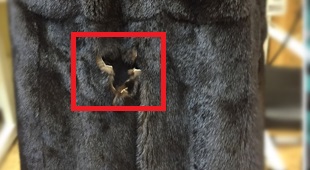
- Nylon tights. Due to the fact that polyamide fiber loses its shape at high dryer temperatures, it is better to dry it naturally.
- Leather Products. The dryer causes dullness of the leather and the formation of cracks with salt stains. That is why shoes and leather clothes must be dried in the classic way without the use of household appliances.
- Items made from membrane fabrics. This category includes children's clothing, as well as sportswear and shoes. Drying at high temperatures provokes a loss of water-repellent properties of products, so it is also better to leave them to dry at room temperature.
- Items made of rubber. This applies to shoes with rubber soles, raincoats, boots and other items that may suffer from shrinkage during the dryer's operating cycle.You should not dry bras with rubberized mats, because they can also become deformed in the “home help”.
- Clothes with fine trimmings and intricate inserts. During active rotation of the drum, such products can be damaged due to snags or loss of small inserts. If the trim is fixed to the clothing with glue, it will melt, like all plastic elements.
It is best not to add clothes with small parts to the drum, as bra underwires and many other small items can puncture the dryer tub.
- Products exposed to hazardous compounds. We are talking about workwear and any other things soaked in gasoline, acetone, alcohol, paint and other dangerous liquids. They should not be dried in household appliances, as such stains emit explosive vapor and are easily flammable. This also applies to kitchen towels that have been exposed to oil, as it can also easily catch fire.
- Dirty things. The last point applies to products that were not pre-cleaned in the washing machine. If you load such clothes into the dryer drum, dirt will clog the filters of the device. In the future, after drying in the machine, things will become saturated with an unpleasant musty smell. Plus, items with fruit, wine, blood, and grass stains should not be dried in the dryer, as they will penetrate the fabric even more if they are not removed first.
Ultimately, there are not very many prohibitions. You just need to remember the list or keep it for yourself so as not to spoil either your clothes or your dryer.
Interesting:
Reader comments
- Share your opinion - leave a comment

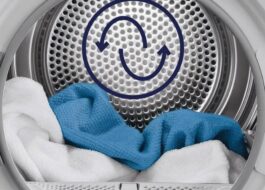
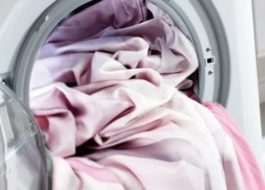
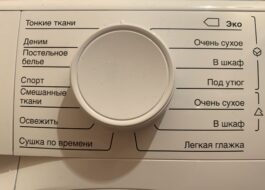
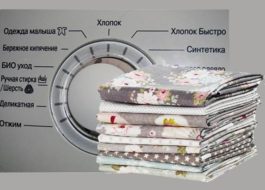
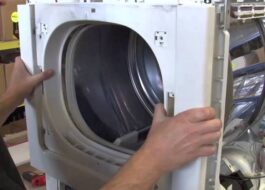















Add a comment